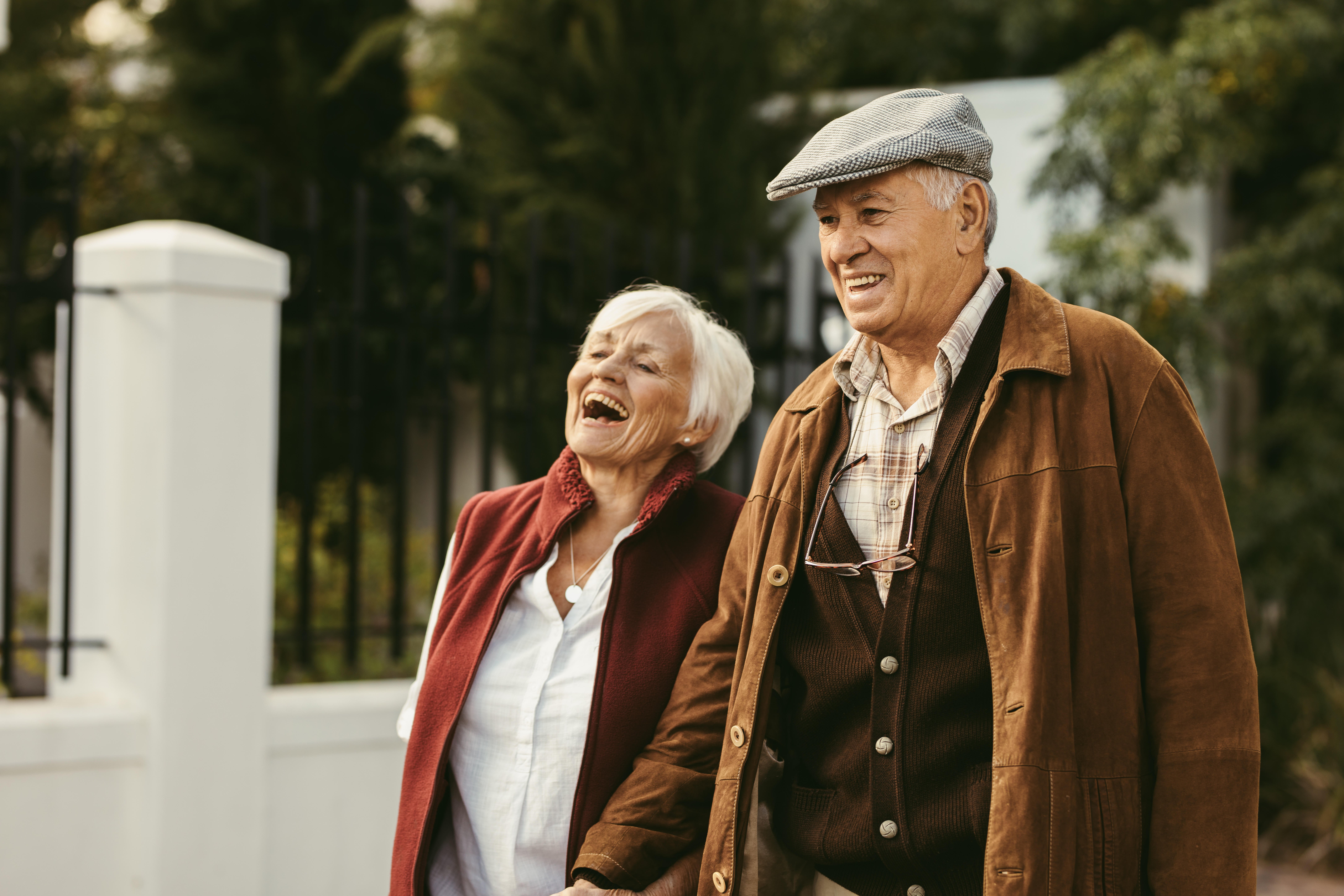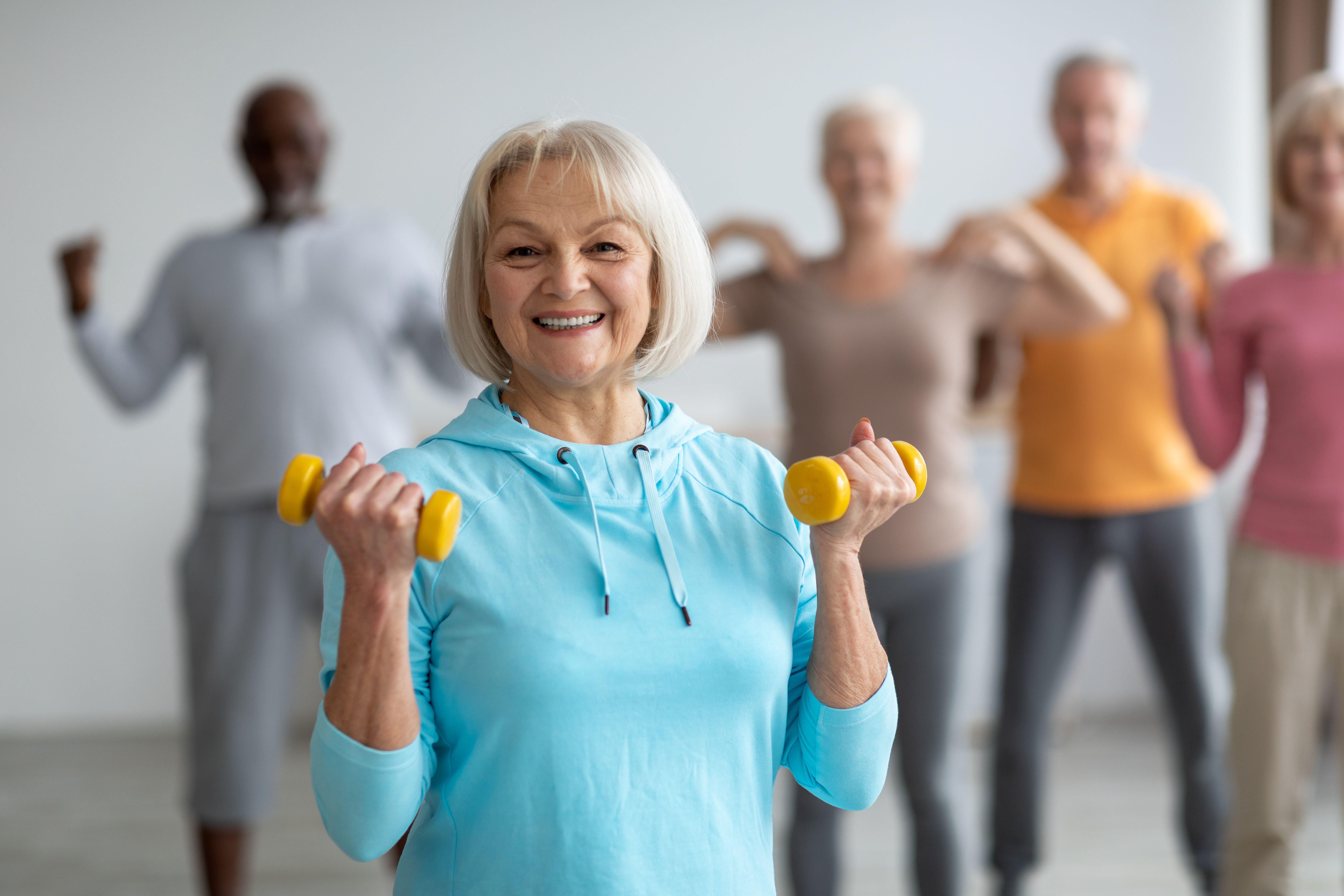The Independent's journalism is supported by our readers. When you purchase through links on our site, we may earn commission.
How to look after your balance to avoid falls later on in life
From toe raises to light walks
Your support helps us to tell the story
From reproductive rights to climate change to Big Tech, The Independent is on the ground when the story is developing. Whether it's investigating the financials of Elon Musk's pro-Trump PAC or producing our latest documentary, 'The A Word', which shines a light on the American women fighting for reproductive rights, we know how important it is to parse out the facts from the messaging.
At such a critical moment in US history, we need reporters on the ground. Your donation allows us to keep sending journalists to speak to both sides of the story.
The Independent is trusted by Americans across the entire political spectrum. And unlike many other quality news outlets, we choose not to lock Americans out of our reporting and analysis with paywalls. We believe quality journalism should be available to everyone, paid for by those who can afford it.
Your support makes all the difference.Good balance can help prevent falls later on in life and makes our daily routine easier, but it is often something we forget about when outlining fitness goals.
Improving balance also plays a crucial role in maintaining mobility and independence later in life.
“Balance is essential for moving around, and if your balance worsens, you’ll be less mobile and more likely to become sedentary or chair-bound,” says Tim Allardyce, physiotherapist and osteopath at Surrey Physio. “Improving balance will help improve muscle strength, posture and mobility.
“If we maintain good balance, independence is maintained, and the likelihood of becoming socially isolated reduces.”
Why do people struggle with balance more later in life?
“People struggle with balance later in life for many reasons, due to a gradual deterioration in our physical health,” explains Allardyce. “For every decade over the age of 30, we lose about 3-5% muscle strength on average.
“As our muscles weaken, we have greater difficulty with mobility and balance.”
Poor eyesight can also hinder our balance abilities.
“Our eyesight worsens with age, and with poor eyesight comes worsening balance, as we rely on our eyes to provide awareness of where our body is in space,” notes Allardyce.
In addition, many seniors experience side effects from taking medication such as anti-depressants, blood pressure medications and muscle relaxants, which makes them more unsteady.
“Many medications have side effects, and 30% of people over the age of 75 take five or more medications,” highlights Allardyce. “Many cause drowsiness, dizziness, and feeling unsteady.

“With worsening balance comes higher prevalence of falls,” forewarns Allardyce. “As we age, our bones weaken too, so a fall can be a severe problem, sometimes fatal if a bad fracture occurs.”
Here are a few simple ways to help improve balance later in life:
Individual balance exercises
Samantha Thom, an independent physiotherapist working with KYN Bickley care home says that repeating the following exercises on a regular basis, ten times each, will naturally help improve your balance.
1. Sit to stand
“Sit in your regular chair, ensure your feet are flat on the floor and brought back towards the chair,” instructs Thom. “Lean forward slightly and stand up.
“Hold onto your walking aid if needed and stand up straight and ensure the back of your legs are touching the chair, slowly lower yourself back into it.
“If required, you can use your hands on the arms of the chair to help control this movement, but try to use them as little as possible.”
2. Toe raises
“Stand tall, hold a support and raise your toes – taking your weight on your heels,” coaches Thom. “Don’t stick your bottom out. Hold for three seconds, then lower with control.”
3. One leg stand
“Stand close to your support and hold it with one or two hands as needed,” says Thom. “Balance on one leg, keeping the support knee soft and your posture upright.
“Hold the position for five to 10 seconds. Repeat this on the other leg. Try to reduce the amount you use your hands as you practice this exercise.”
Walking
“Go for regular walks on varied terrains and wear supportive shoes,” suggests Rowan Clift, training specialist at AI-based fitness and lifestyle coaching app Freeletics.

Allardyce recommends getting at least 10 to 20 minutes of fresh air everyday.
“Yoga can help deepen your meditation practice, improve your flexibility, and help with balance,” explains Thom. “Pilates is another great choice for balance – it’s especially beneficial if you’re recovering after injury, improving posture, and for core strength.”
Chair exercises
“A highly effective and simple exercise is the chair exercise, which involves sitting and standing from a chair without using your hands,” says Clift. “Additionally, performing leg lifts while seated can help build strength and stability.
“These exercises are great for enhancing balance and can easily be incorporated into a daily routine.”
Light strength training

“Strength training can protect your joints from injury and contribute to better balance,” says Thom. “Contact a physiotherapist or your local gym for advice on appropriate exercises.”
Go for regular eye checks
“Routine eye exams can address vision issues, which can have a huge effect on balance and stability. In turn, good eyesight can enhance body awareness,” says Clift.
